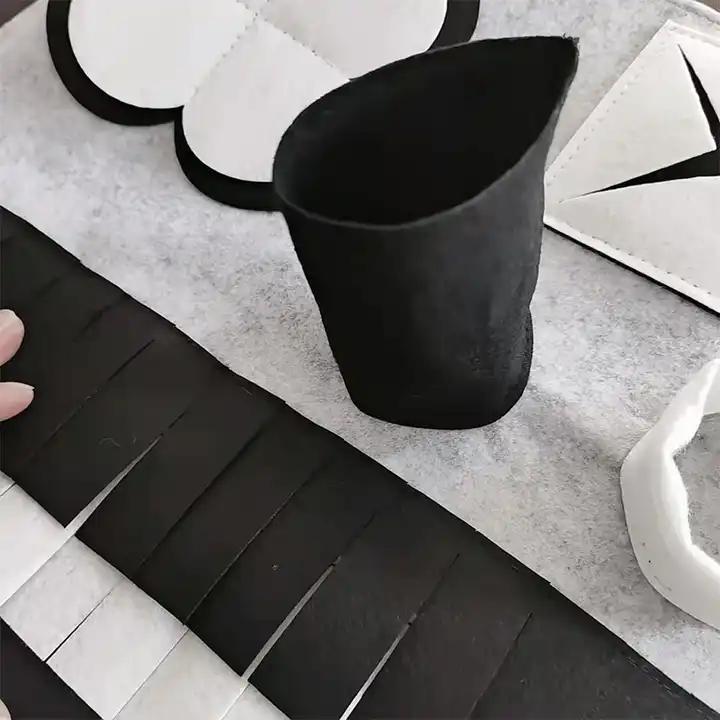Building Sound Panels A Comprehensive Guide
In today’s world, noise pollution has become a significant concern, especially in urban environments. As people look for ways to create quieter and more serene spaces in their homes or offices, sound panels have emerged as a popular solution. This guide will walk you through the process of building your own sound panels, helping you improve your environment’s acoustics while also reflecting your personal style.
Understanding Sound Panels
Sound panels are devices designed to absorb sound, reducing unwanted noise, improving sound quality, and preventing echo. They are typically made from porous materials that trap sound waves, preventing them from bouncing off hard surfaces. Common materials used in sound panels include foam, fiberglass, and fabric-covered boards. By using sound panels, you can create a more balanced auditory environment, whether it’s in a recording studio, home theater, or even a busy office space.
Materials Required
To build your own sound panels, you will need the following materials
1. Acoustic Foam or Insulation Board This will serve as the primary sound-absorbing material. Acoustic foam is widely used due to its effectiveness and ease of handling.
2. Wood for the Frame Use lightweight wood, such as plywood or pine, to create the frame that will hold the acoustic material.
3. Fabric Choose a breathable fabric that complements your décor. Ensure that it is thick enough to hide the insulation while allowing sound to pass through.
4. Staple Gun and Staples This will be used to attach the fabric to the frame.
5. Screws and Drill For assembling the frame.
6. Measuring Tape and Saw These will help you accurately cut your materials to size.
building sound panels

Step-by-Step Guide
1. Measure and Cut the Wood Determine the size of the panels you want. Common dimensions are 2 feet by 4 feet, but you can customize based on your needs. Cut the wood to form a rectangular frame.
2. Assemble the Frame Use screws to assemble the frame, ensuring it is sturdy. Corner brackets can provide extra support if desired.
3. Cut the Acoustic Material Measure and cut the acoustic foam or insulation board to fit snugly within the frame. It should be slightly smaller than the frame’s inner dimensions to allow for fabric covering.
4. Attach the Foam to the Frame Place the acoustic material inside the frame and secure it using a staple gun or adhesive. Make sure it fits tightly to maximize sound absorption.
5. Cover with Fabric Lay the fabric over the frame, ensuring it covers the acoustic material completely. Pull the fabric tight and staple it to the back of the frame, folding the edges neatly to maintain a clean look.
6. Hang or Mount the Panels You can mount the panels on walls using brackets or adhesive strips. They can also be suspended from the ceiling using hooks, depending on your setup.
Optimizing Placement
The effectiveness of sound panels depends significantly on where you place them. For optimal sound absorption, consider positioning the panels at first reflection points, which are the locations where sound waves bounce off surfaces before reaching your ears. Typical areas include walls adjacent to your seating or listening areas and ceilings above.
Conclusion
Building sound panels is an accessible DIY project that can dramatically enhance the acoustics of any space. Not only do they provide functional benefits, but they also allow you to personalize your environment with the fabric and design choices you make. Whether you’re looking to create a peaceful home office, a lively studio, or a serene entertainment space, sound panels can be the answer to your noise problems. With a little effort and creativity, you can enjoy a quieter and more acoustically balanced space that enhances your day-to-day experiences.
